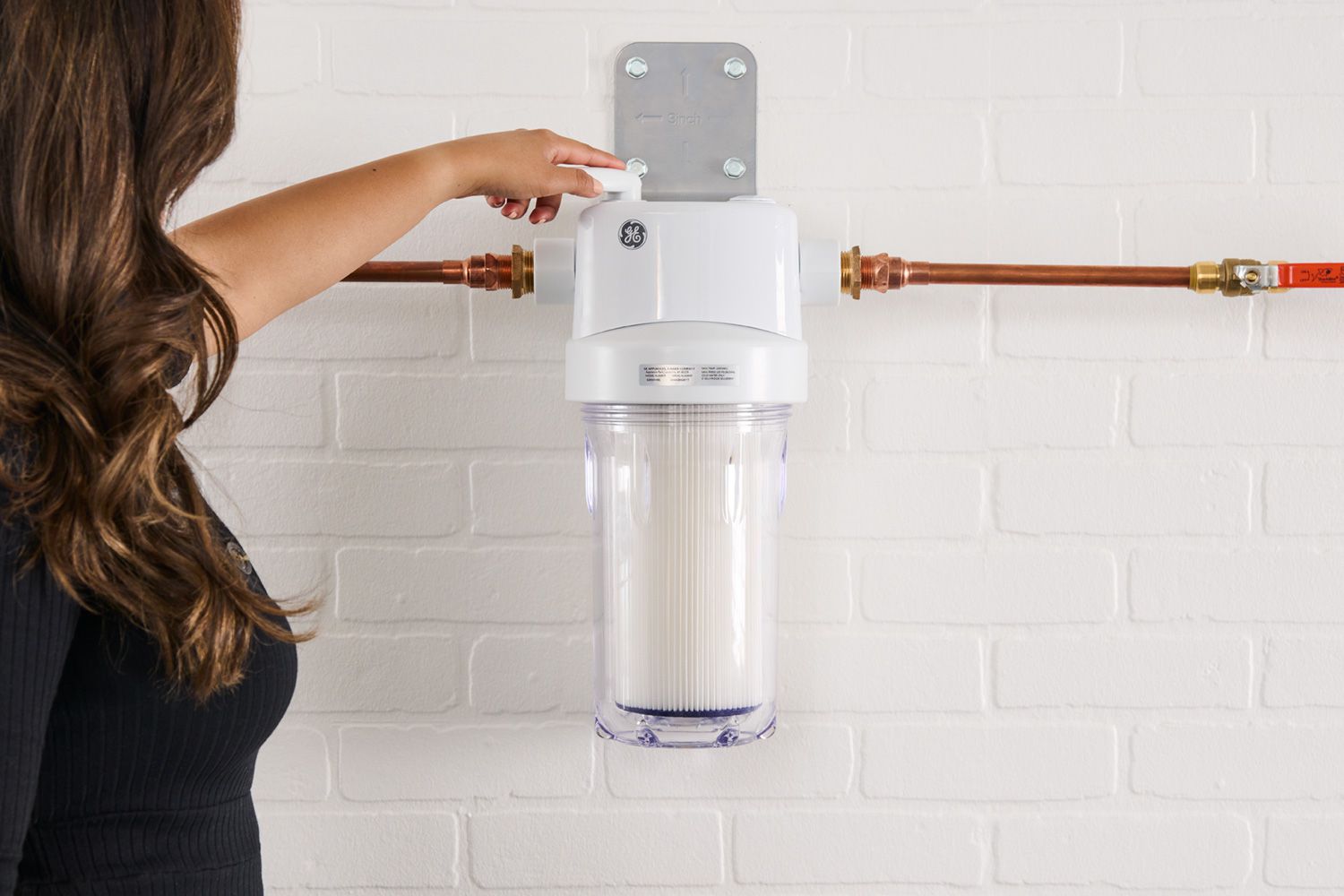Market Overview
In response to increased water pollution and urban population expansion, the global residential water treatment market is booming. Furthermore, rich and growing nations alike face water shortages problems due to a lack of freshwater resources. To address this issue, governments have put more resources into developing advanced water purification methods.
As a result, the residential water treatment industry was buoyed throughout the anticipated time frame (2022-2028). The rapid use of cutting-edge technologies like the Internet of Things (IoT), Artificial Intelligence (AI), cloud computing, and others has made the global residential water treatment market one of the fastest-growing sectors.

However the high expense of water treatment equipment has led to a recent increase in the cost of water treatment technologies. Water purification technology also involves multiple procedures that call for high-powered equipment that should only be handled by trained professionals. This means that high equipment costs and a scarcity of skilled laborers are stifling the growth of the water treatment technologies market.
The market is growing as a result of people’s increasing concern for their health.
As water-borne diseases including typhoid, cholera, and malaria become more common, the industry is predicted to increase sales of water purifiers around the world to combat these epidemics. Water purifiers filter out harmful contaminants and leave behind only clean water that is safe to consume.
The worldwide household water purifiers industry stands to gain from the current trend toward safety. The industry is further supported by the fact that water purification technology is constantly evolving and improving. As a result of the global availability of skilled workers, R&D departments are being pushed to reduce the cost of product development. Carbon nanotubes and advanced membrane systems are just two of the cutting-edge water filtration technologies being tested by purifier manufacturers.
Demand is being fueled by an increase in the market and by the government’s efforts to raise public awareness.
The United Nations Environment Program estimates that three billion people are at risk for disease due to poor water quality in aquifers, rivers, and lakes. One-fifth of the world’s river basins are seeing dramatic shifts in water availability, and 2.3 billion people are residing in “water-stressed” countries, with 721.1 million residing in locations where the water situation is “severe.” Several governmental organizations are holding events to educate the public on the dangers of drinking contaminated water. For instance, every year on March 22, the United Nations celebrates World Water Day to highlight the importance of water in agriculture, energy production, technological innovation, and other facets of human progress.
Furthermore, there is a rising demand for efficient and fair water management in all regions of the world. As a result, players in the market are investing in R&D and technological advances to ensure a steady supply of these commodities. Products are becoming increasingly in demand as a result of the development of innovative, cutting-edge technical solutions. Refrigerators with built-in water purification systems, for instance, can supply cooled, drinkable, and revitalizing filtered water and ice cubes on demand. General Electric’s new smart household water treatment systems have been certified to reduce a wider range of toxins than many other filters on the market. Efficiency and convenience are being delivered with the help of artificial intelligence (AI) and linked technologies. These items also improve energy performance, product quality, and customer happiness.
Challanges
Even though there are many positive outcomes from installing a domestic water purification system, the upfront costs can be prohibitive. For instance, you should expect to pay between $2,000 and $4,000 for a water softener, which does the job of changing hard water into soft water. A water softener’s installation is expensive since it requires the expertise of professionals and installers. The upkeep and upkeep of certain household water purification systems can be rather pricey. For instance, distillation equipment requires a great deal of cooling and heating power. There has been a spotlight on these problems in some Asian and African nations. Less developed nations in Asia and Africa also suffer from a lack of water delivery and storage infrastructure. There may be an issue here.
Global Residential Water Treatment Market: Competitive Players
Some main participants of the residential water treatment market are KENT RO Systems Ltd., Ultra Tec Water Treatment LLC, Britannic Water Treatment Company W.L.L., Eureka Forbes, LG Electronics, Pure It LLC, Waterlife, Panasonic Corporation, AQUA PRO UAE, and Coolpix Pure Water System, among others.
Market Segmentation By Application
The Global Residential Water Treatment Market may be broken down into several submarkets based on where the treated water will be used. The Global Residential Water Treatment Market is anticipated to be led by the residential sector. The production of drinkable water for domestic use is the primary focus of water treatment systems in residential applications. The residential water treatment application is anticipated to increase fast because to the rising demand for treated drinking water and the elimination of undesirable taste, odor, and discoloration as well as suspended particles, biodegradable organics, and harmful microorganisms.

